Master Complex Cases in Ophthalmology & Neurology
Enroll in the course and gain instant access to materials
Explore foundational and advanced topics through dynamic and engaging video modules.
Apply your knowledge in clinical practice with confidence and precision
This course is designed to provide the audience with the most current clinical advances in ophthalmology and highlight on-going research taking place at the Scheie Eye Institute in the fields of glaucoma, anterior segment, retinal diseases, genetics, oculoplastic surgery, neuro-ophthalmology and ocular pathology. Evidence-based guidelines are an important foundational element to anchor a population health approach that advances eye and vision health. First, they provide guidance based on sound, objective evidence that a variety of care providers can use to improve the uniformity of messaging about, and the quality of, patient care. Second, they establish a baseline from which to measure improvement in care processes and patient health outcomes. Third, they promote a culture of accountability by enabling performance comparisons and encouraging the uniform adoption of best practices.
Why This Course is Right for You:
If you’re a neurologist or ophthalmologist striving to stay at the forefront of eye and vision care, this course is an invaluable resource. The Scheie Eye Institute brings you direct access to real-world clinical cases, innovative surgical techniques, and cutting-edge research that will immediately enhance your diagnostic and treatment approach.
You’ll gain:
Confidence in managing complex cases—from optic disc edema to rare orbital tumors
Insights into genetic therapies and novel approaches for inherited retinal diseases
Hands-on strategies to handle postoperative complications and improve patient satisfaction
Deep dives into ocular imaging, glaucoma management, and neuro-ophthalmic disorders
A broader understanding of global eye care delivery and systemic health factors impacting vision
Whether you’re seeking to deepen your clinical knowledge, sharpen your surgical decision-making, or expand your familiarity with research-driven care, this course is built to equip you with the tools to lead with clinical excellence in your field.
What You Will Learn from This Course
After completing this activity, participants should be able to:
- Identify and manage complicated oculoplastic cases in the adult and pediatric age group
- Review treatment options for various diseases of the retina including macular degeneration
- Clarify new methods of diagnosis and management of various diseases of the cornea
- Discuss new diagnostic modalities and ocular imaging techniques
- Review insights into the diagnosis and management of glaucoma
- Discuss diagnostic challenges and management of various neuro-ophthalmic diseases
Topics Covered in the Course
A Diagnostic Anomaly
A Mass-ing Discovery
A Refractory Case of Optic Disc Edema
All Hyphemas Are Not What They Heme
An Unusual Case of Diplopia
Building a Better Bleb
Case Presentation: A Congenital Cataract
Characterization of Thyroid Eye Disease Reactivation Following First Teprotumumab Infusions
Comparison of Ophthalmic Surgeries: Teprotumumab vs. Steroids or Orbital Radiation
Correlation of Objective Ocular Alignment and Subjective Diplopia After Teprotumumab in TED
Defying the Odds
Developmental Changes of the Nasolacrimal Duct After Stent Placement in a Rabbit Model
Evolving Role of Endothelial Keratoplasty
Gene Therapy for LCA 5
Long-term Outcomes of Pediatric Glaucoma Drainage Implants
Managing Unhappy Postop Patients: How to Fix Without Making it Worse
Multimodal Imaging in Uveitis
Now You See Me. Now You Don’t!
Optimizing Systemic Factors in Normal Tension Glaucoma
Orbital Apocrine Hidrocytoma
Overview of Clinical Trials in Inherited Retinal Degeneration
Poor Man’s LASIK
Prevalence of Novel Antibodies in a Prospective Cohort of Dry Eye Patients
Should Systemic Steroids Be Given for Massive Suprachoroidal Hemorrhage?
Sierra Leone Southern Eye Institute
The “P-Score”: A New Reference-image Clinical Scale for Vascular Change in ROP
Treating Severe Photoreceptor Degeneration and Genetic Therapies
Vitreoretinopathy in CTNNB1 Syndrome
Welcome
Who is Providing Your Health Care: Standards for Patient Safety
“Please Stop the World Shaking!”
Who can learn from this course?
This course is ideal for medical professionals and specialists involved in the diagnosis, treatment, and management of eye and neuro-visual disorders. It is especially valuable for:
Ophthalmologists – looking to enhance their surgical techniques, imaging interpretation, and knowledge of cutting-edge therapies for retina, cornea, glaucoma, and ocular genetics
Neuro-ophthalmologists – seeking updates on optic nerve pathologies, diplopia, and neurological visual disturbances
Neurologists – interested in the intersection of brain and visual system disorders, including optic disc edema, CTNNB1 syndrome, and systemic influences on vision
Optometrists – aiming to deepen their clinical acumen in complex diagnostics and collaborate more effectively in multidisciplinary care
Oculoplastic Surgeons – for advanced insights on orbital tumors, eyelid anomalies, and pediatric ocular development
Medical Researchers & Fellows – who want exposure to clinical trials, gene therapy, and evolving ophthalmic technologies
Residents & Trainees – building a foundation of real-world case exposure and contemporary best practices in eye care
Whether you’re a seasoned specialist or a medical trainee, this course equips you with the latest advancements, evidence-based practices, and real patient cases to improve outcomes and drive innovation in your clinical work.
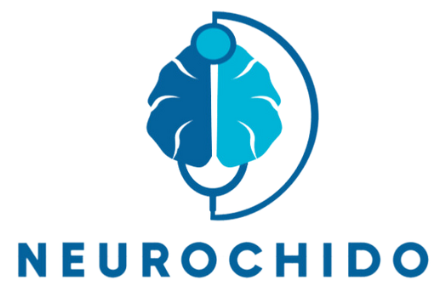
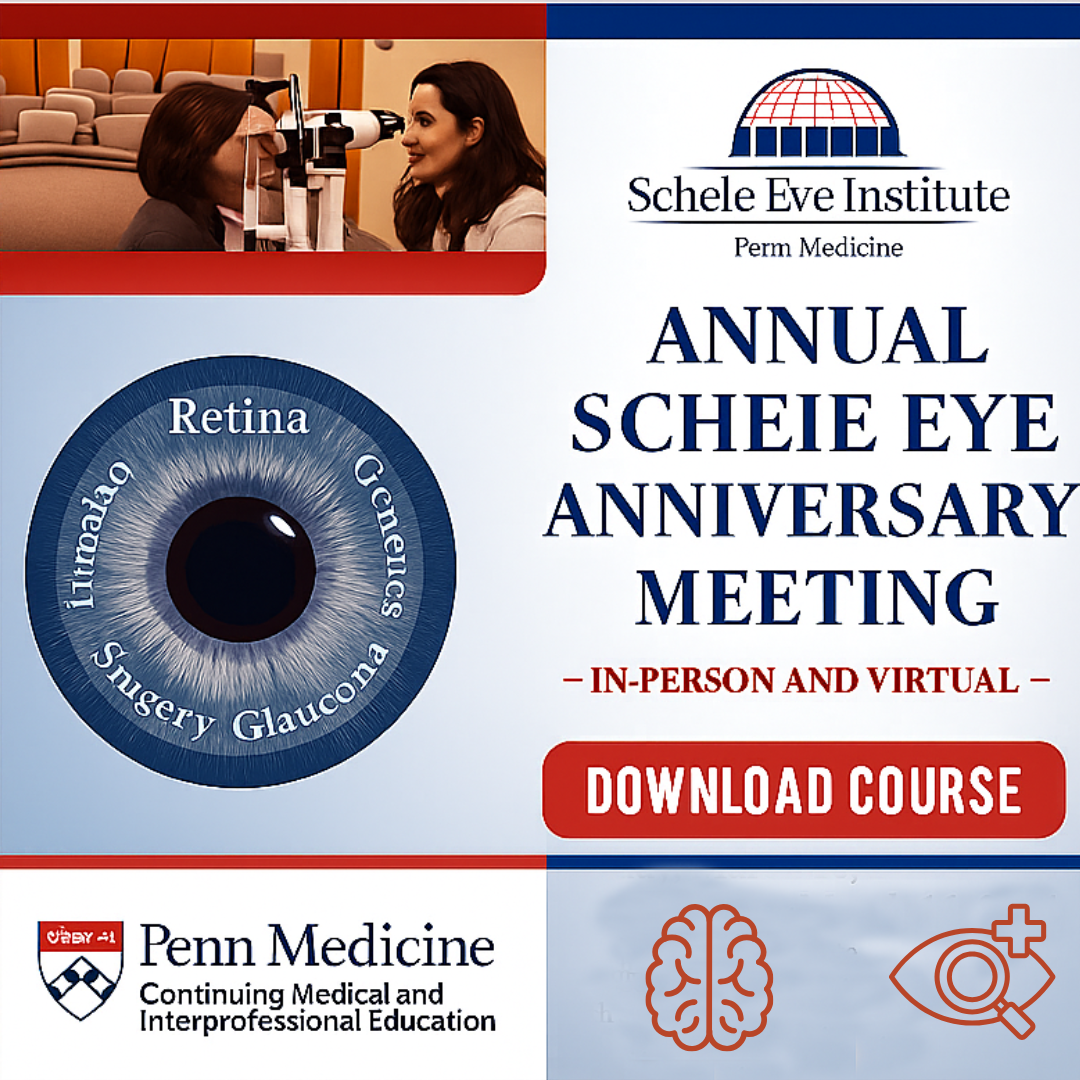
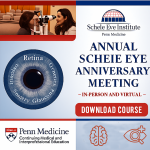


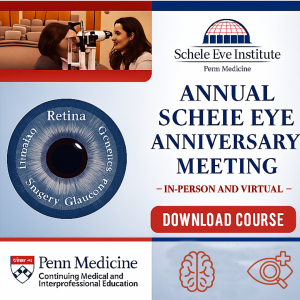
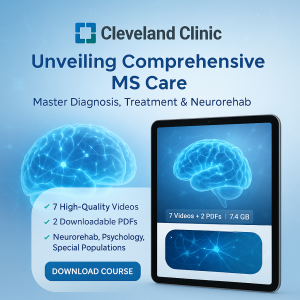
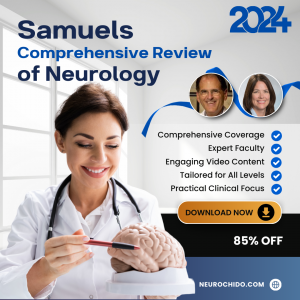
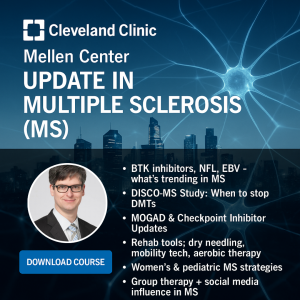


Reviews
There are no reviews yet.